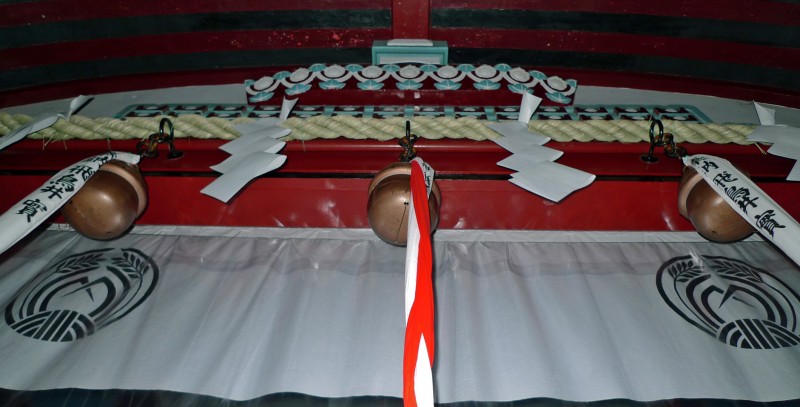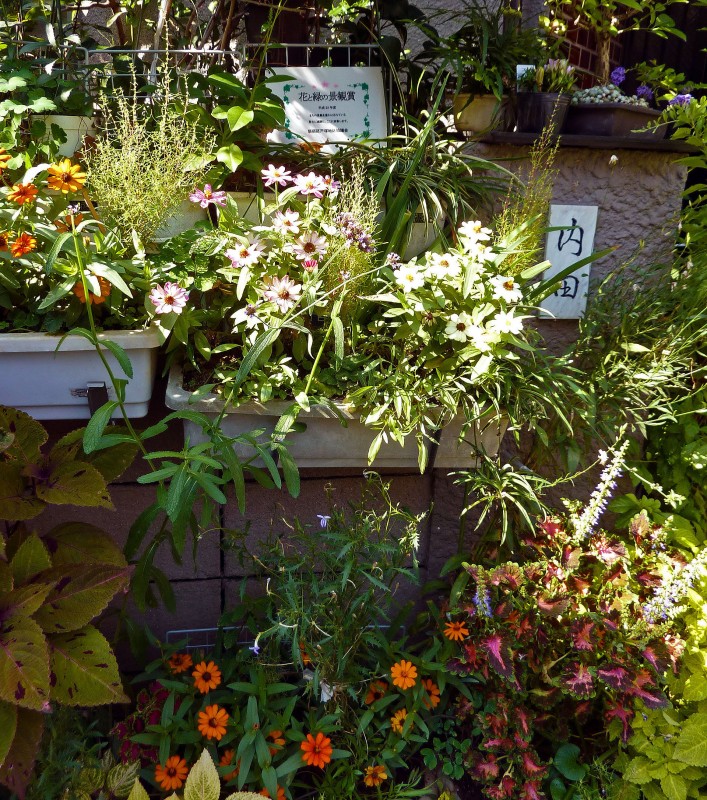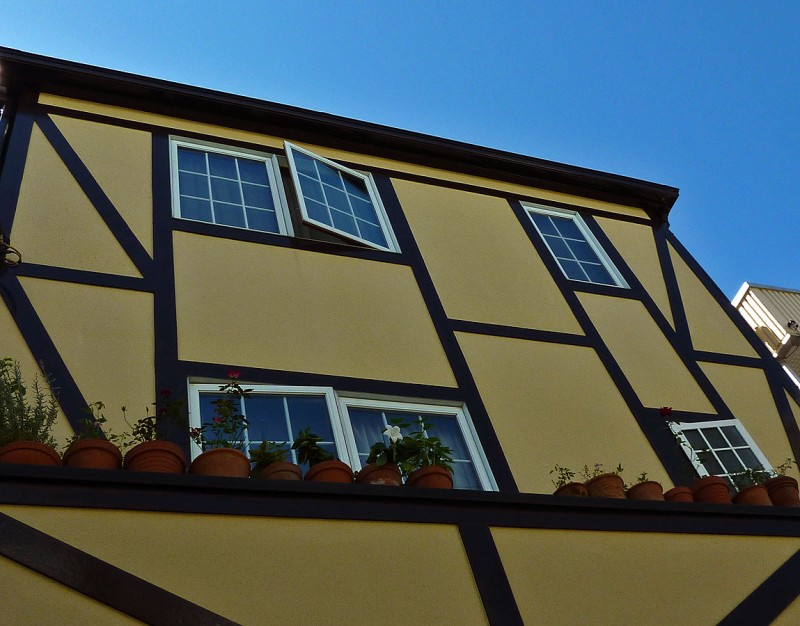I have more noteworthy photos from Fushimi Inari than I originally thought. I don’t think this will be my last blog entry on the subject either. I hope you are enjoying the pictures. This shrine is my favorite so I got a little picture happy.

This first one shows a torii with a plaque. The plaque says 稲荷大社 (Inari Taisha). Notice the rope around the sacred object under and behind the gate. This rope is called shimenawa (注連縄). You’ll find it around Shinto gods (kami) like rocks and trees. I’m pretty sure you can spot some in Hayao Miyazaki’s famous anime movies like My Neighbor Totoro (となりのトトロ). Sometimes you’ll see it on torii (like in the picture two down). When in the manner below it is to ward off evil spirits or indicate that you are entering sacred space.

Did I mention that you’ll see a lot of torii here? 😉 Not all of the torii are for walking through. Similar to ema, people purchase these mini torii and then leave them as offerings to bring good fortune at the Shrine. I noticed that people put the date on the left side and their names on the right side of these torii. This is the opposite of what you see on the large torii you walk through. I don’t know the meaning or significance of this. It may just be a matter of the first person getting things backwards and then everyone else playing “follow the leader.”
The contrast of the bright torii, dull gray rocks and stones, white cherry blossoms, and vivid greens made every view breathtaking. I believe there was a large pond just beyond this scene. The intermingling of nature with this Shinto shrine is spectacular. As you can see from these last two pictures, the manmade artifacts are set beautifully in the groves.

As I suspected in my prior entry, the missing character was probably a 納. 奉納 (read right to left in Japanese on the torii) means “offering.”
Here we see more shimenawa. We also see some gohei (御幣, also called shide), the white paper hanging on the shimenawa.
Posted on June 4th, 2008 under Japan. Tags: cherry blossoms, fushimi inari, gohei, japan pictures, kyoto, sakura, shimenawa, shinto, torii, 奉納. Comments Off on Fushimi Inari Taisha (伏見稲荷大社), Part III








